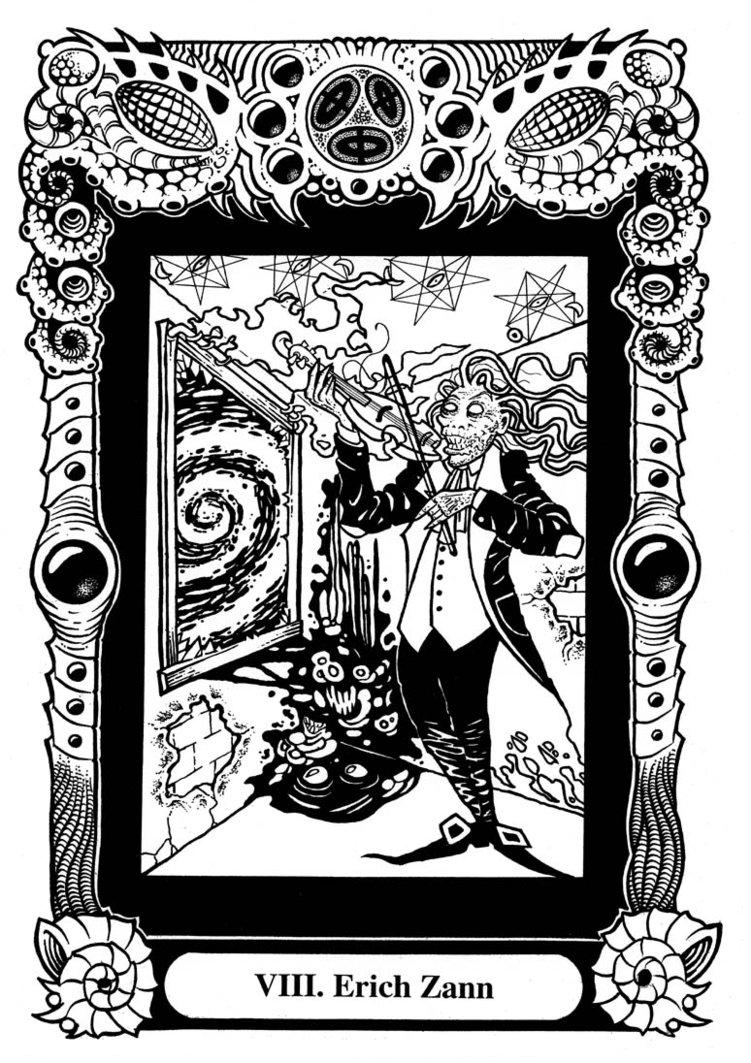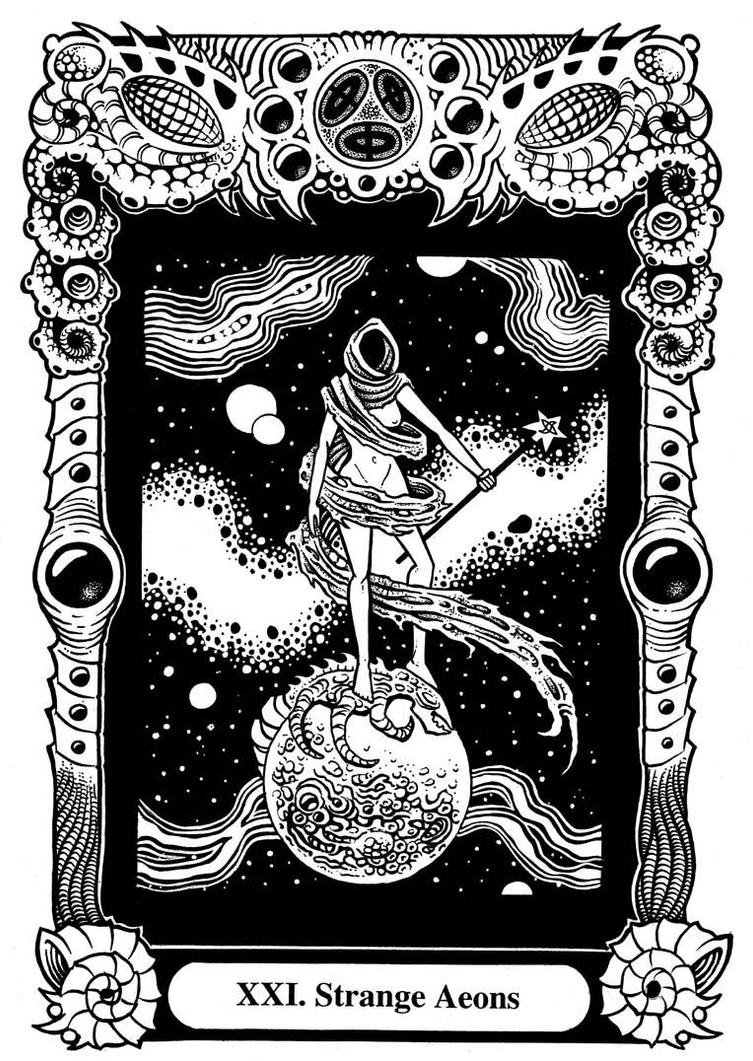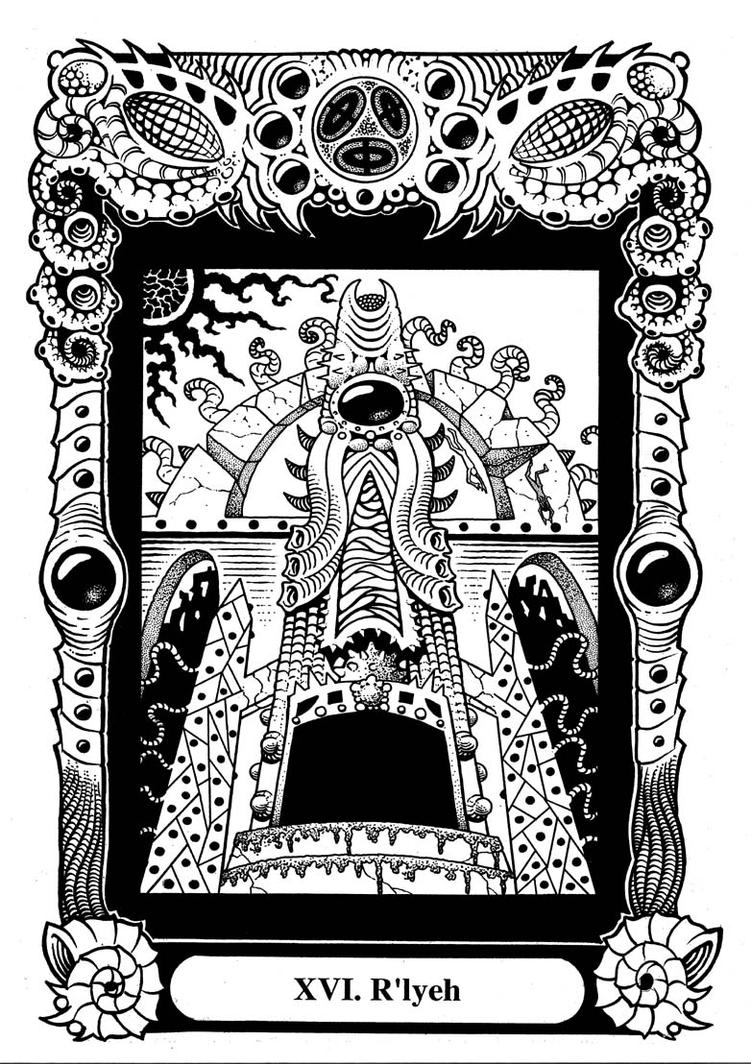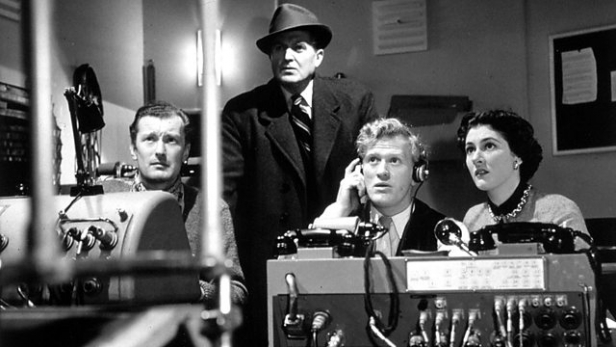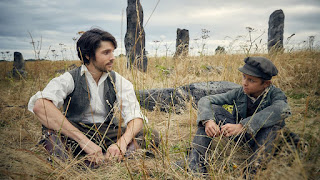 |
| Stones! And the Old Ways are by no means past... |
This six part BBC series, made partly in conjunction with BBC America, is certainly one of the most ambitious and successful examples of folk horror. It was created by Ashley Pharaoh, whose previous achievements include Ashes to Ashes and Life on Mars.
Ingredients are as follows:
Attractive cast, with two eye-candy leads and a ton of old-school Brit supporting talent, including excellent child actors.
Visually beautiful - this is Hardy's Wessex turned even more dangerous and cruel than the man himself imagined it, an English landscape replete with beauty, pregnant with death. At its best TLATD looks like a wonderful arty Euro-film without ever becoming one. All credit to the hard-working team who must have slaved round the clock for some of these brief scenes.
Interesting plotting keeps your attention, with nothing simply shoved in there for effect. Characters behave as they would, and are not cardboard cutouts. Thus the local vicar, played by the brilliant Nicholas Woodeson, lets his teenage daughter Harriet read Darwin and Ibsen. He is outraged by the suggestion that ghosts and such might have real existence. This is the 19th century!
 |
| 'She's brought fancy London ways and a bloody big traction engine, so she 'as' |
Historical conflicts, essential to folk horror. Here comes Nathan Appleby (Colin Morgan) and his lovely young wife Charlotte (Charlotte Spencer), inheriting the run-down family estate of Shepzoy in Somerset in 1894. The 'new master' has modern notions and worked as a psychiatrist in London. His wife is into photography and is about as liberated as you can get in the age of the compulsory side-saddle. Nathan thinks a spur of the railway might help Shepzoy flourish again. Here comes the traction engine...
Moments of supernatural horror. The first episode hits the ground running when Harriet Denning is seemingly possessed by an evil spirit and does (or attempts) some truly disturbing things. Weirdness reaches levels that are just high enough to be credible. And in the very first episode there is a glimpse of something in the sky that throws the whole set-up into question.
Music. The soundtrack, by The Insects, offers a modern folk-rocky take on some traditional ballads. I'm no expert but I think the music fits the visuals perfectly. The theme is 'This One Night', a version of 'This Aye Nicht'.
 |
| 'Excorcism? You trippin', bro!' |
Humour. Not a huge amount, but there are llamas at one point. I fell about laughing at what I assume was a reference to Monty Python and the Holy Grail.
Story arc. The 'real' story happens in more than one time, you come to suspect. There is a woman in red with a 'book of light' who seemingly haunts the Appleby house. But things are thrown into doubt by visions of Cromwellian troopers, a wise woman 'swum' as a witch, and many other folk horror ingredients.
It was quite a ride. And, as the final scene reveals, it's not by any means over yet.
British television at its best. Recommended.


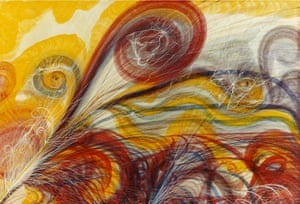
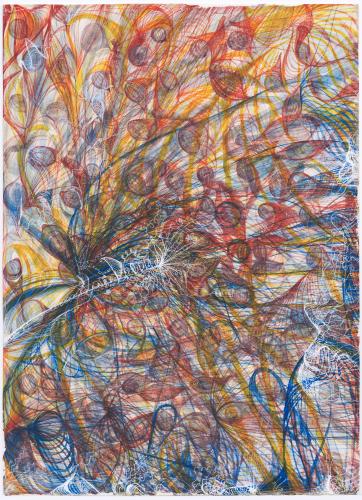
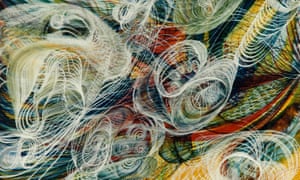

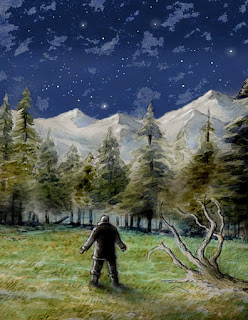
![The Haunter (The Sentinels Series Book 2) by [Longhorn, David]](https://images-eu.ssl-images-amazon.com/images/I/51fJqAuR9PL.jpg)
![The Smog (The Sentinels Series Book 3) by [Longhorn, David]](https://images-eu.ssl-images-amazon.com/images/I/514cFFj43ML.jpg)
![Sentinels (The Sentinels Series Book 1) by [Longhorn, David]](https://images-eu.ssl-images-amazon.com/images/I/51oxNOJxxSL.jpg)
